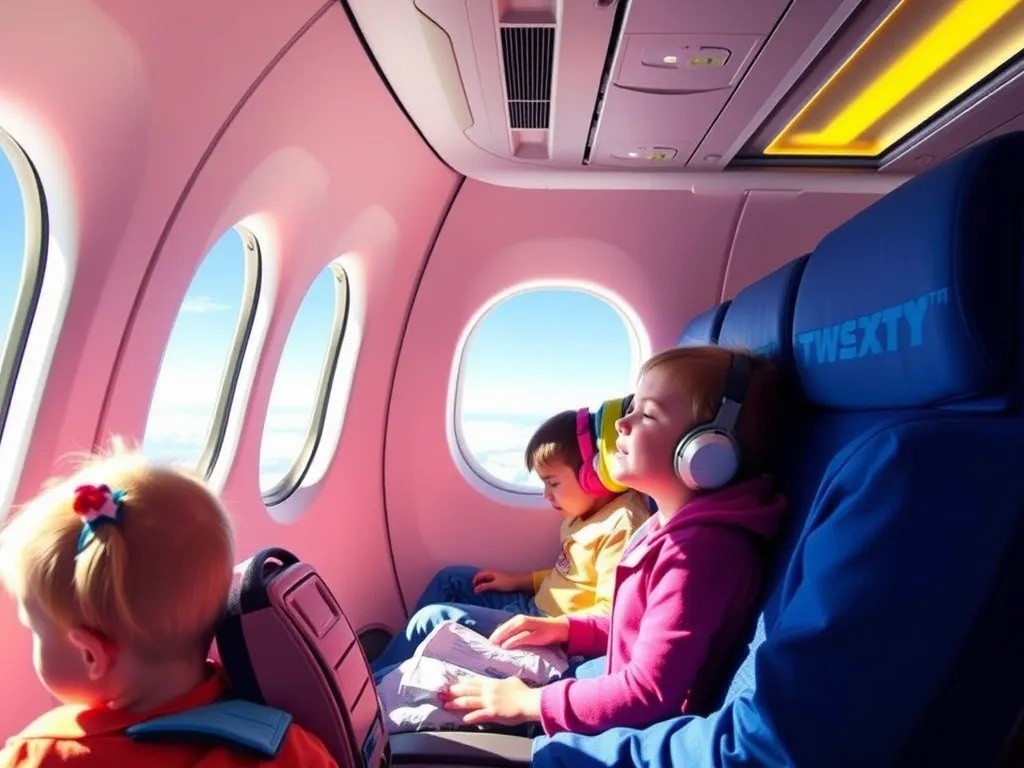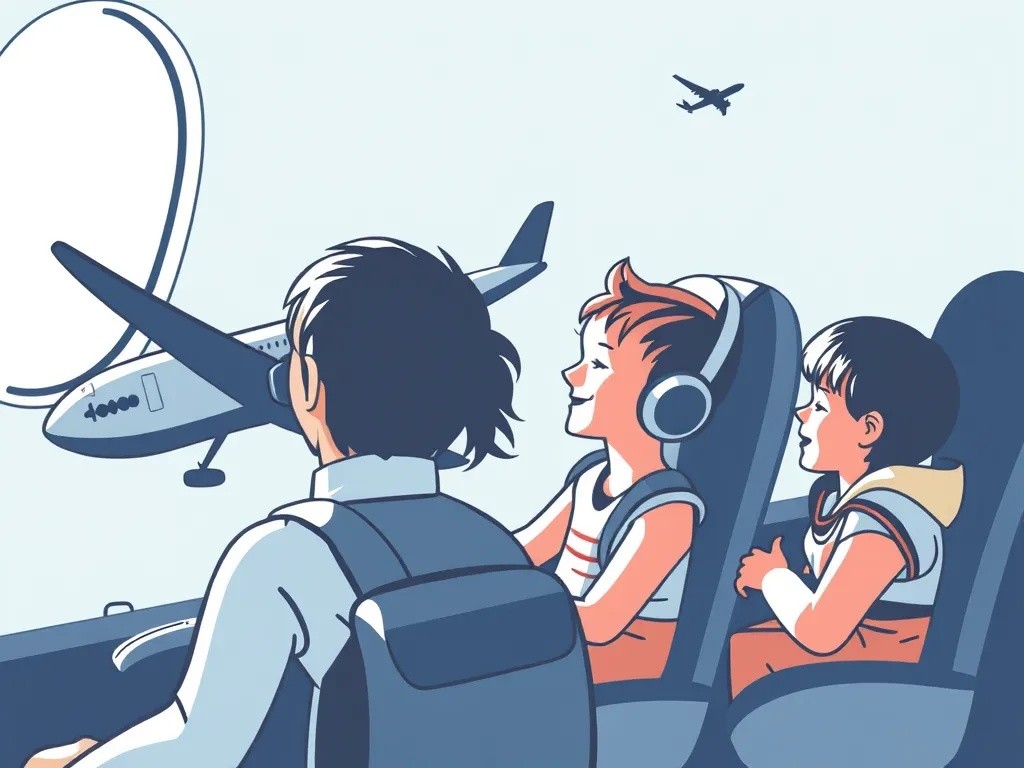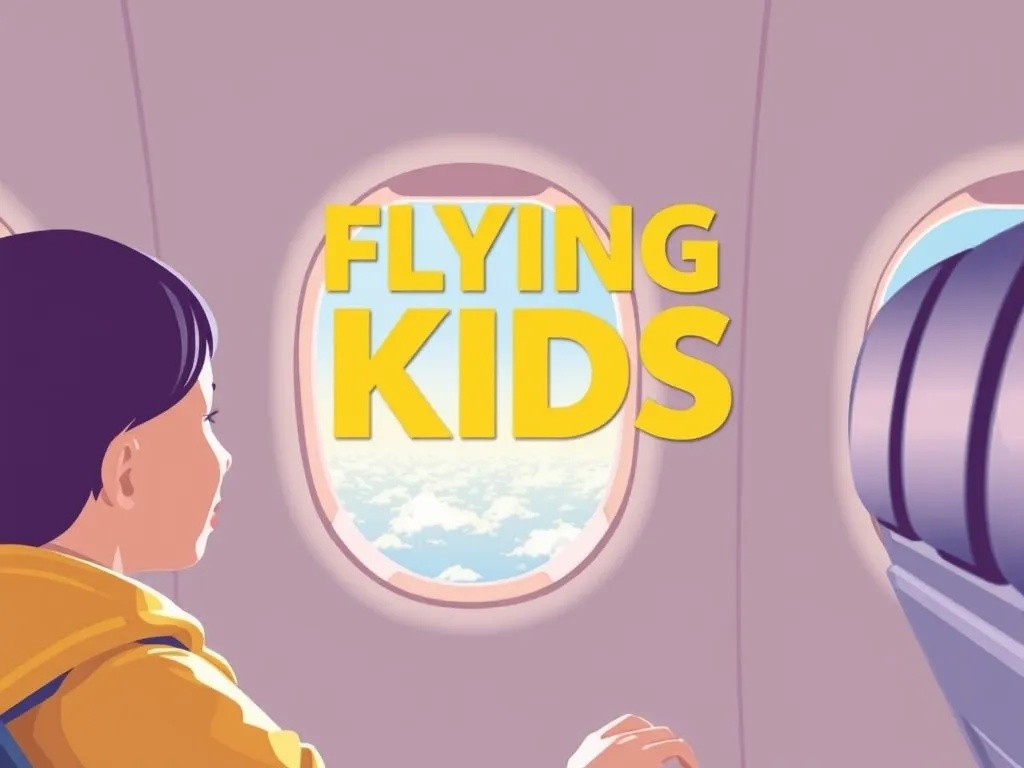Air travel with children can feel like navigating a minefield of potential meltdowns, forgotten essentials, and unexpected challenges. However, with proper preparation and the right mindset, flying with kids can be manageable and even enjoyable. This comprehensive guide will help you transform your family travel experience from stressful to successful.

Pre-Flight Preparation: The Foundation of Success
Choose Your Flight Times Wisely
The timing of your flight can make or break your travel experience. Consider your child's natural schedule when booking flights. Early morning flights often work well for toddlers who are typically well-rested and in good spirits. For older children, mid-morning or early afternoon flights can be ideal, avoiding the crankiness that comes with disrupted nap times.
Red-eye flights can be a double-edged sword. While they might allow children to sleep during the journey, they can also lead to overtired, cranky kids if sleep doesn't come naturally on the plane.
Master the Art of Strategic Packing
Packing for air travel with children requires military-level precision. Your carry-on bag should be your survival kit, containing everything you might need for the duration of the flight plus potential delays.
- Entertainment Arsenal: Pack tablets loaded with downloaded movies, coloring books, small toys, and activity books. Rotate these items throughout the flight to maintain interest.
- Snack Strategy: Bring more snacks than you think you'll need. Hunger can quickly turn a pleasant child into a difficult one. Pack a variety of non-messy, non-perishable options.
- Comfort Items: Don't forget favorite blankets, stuffed animals, or pacifiers that help your child feel secure in unfamiliar environments.
- Emergency Kit: Include wet wipes, tissues, plastic bags for messes, extra clothes, and any necessary medications.
Airport Navigation: Surviving the Ground Game
Arrive Early But Not Too Early
While conventional wisdom suggests arriving at the airport well in advance, with children, there's a delicate balance. Arrive early enough to handle security and unexpected delays, but not so early that kids become restless and tired before boarding. Generally, two hours for domestic flights and three hours for international travel works well with children.
Security Checkpoint Strategies
The security checkpoint can be overwhelming for children. Prepare them in advance by explaining what will happen. Let them know they might need to remove shoes, that their toys will go through the X-ray machine, and that they'll walk through a special doorway. Consider applying for TSA PreCheck or Global Entry to streamline this process for frequent travelers.
Gate Area Management
Once through security, find your gate and scope out the area. Look for family restrooms, nursing areas, and play spaces. Many airports now feature dedicated children's play areas that can help kids burn energy before a long flight. Keep your boarding passes and identification easily accessible, as you'll need them frequently.
In-Flight Survival Tactics
Board Strategically
While airlines often offer priority boarding for families, consider whether this actually benefits your situation. Boarding early means more time confined in a small space. If your children are active and likely to become restless, you might prefer to board later, minimizing the time spent on the plane before takeoff.
Manage Ear Pressure
Ear pressure during takeoff and landing can be particularly uncomfortable for children. For babies, nursing or bottle-feeding during these times can help. For older children, encourage yawning, swallowing, or chewing gum. Pack lollipops or gummy bears as altitude-friendly treats that promote swallowing.
Entertainment Rotation System
Don't reveal all your entertainment options at once. Create a system where you introduce new activities every 30-45 minutes. This could include:
- Tablet time with headphones
- Coloring or sticker books
- Small fidget toys or puzzle games
- Storytelling or quiet games
- Snack time as an activity

Dealing with Common Challenges
The Meltdown Management
Despite your best efforts, meltdowns happen. When they do, remain calm and remember that this too shall pass. Have a plan: try distraction techniques first, then comfort items, and finally, if necessary, take a walk to the bathroom or galley area if the seatbelt sign is off.
Don't feel embarrassed about other passengers' reactions. Most people understand that children can be unpredictable, and many have been in similar situations themselves.
Motion Sickness Prevention
If your child is prone to motion sickness, take preventive measures. Bring motion sickness medication if approved by your pediatrician, choose seats over the wing where there's less turbulence, and pack extra clothes and plastic bags just in case.
Special Considerations for Different Age Groups
Traveling with Infants (0-2 years)
Infants under two can fly as lap children on domestic flights, but consider purchasing a separate seat for longer flights. Bring extra diapers, formula, and baby food. The change in cabin pressure won't hurt your baby, but it may cause discomfort that leads to crying.
Toddlers (2-4 years)
This age group can be the most challenging for air travel. They're mobile, curious, and don't always understand restrictions. Bring plenty of snacks, new small toys, and be prepared for frequent bathroom trips. Consider downloading new apps or shows they haven't seen before.
School-Age Children (5-12 years)
Older children can be great travel companions with proper preparation. Involve them in the planning process, give them their own small backpack with activities, and consider bringing books or educational games that can double as learning opportunities.

Post-Flight Recovery
Once you've successfully completed your flight, take time to decompress. Acknowledge that travel days can be exhausting for everyone, and plan for a quiet arrival day if possible. Review what worked well and what didn't for future reference.
Remember that every child is different, and what works for one family may not work for another. Be patient with yourself and your children as you develop your own family travel rhythm. With experience and preparation, flying with kids can become a manageable part of your family adventures rather than a source of stress.
The key to successful air travel with children lies in preparation, flexibility, and maintaining realistic expectations. Your goal isn't perfection – it's simply getting everyone to your destination safely and with your sanity intact. With these strategies in your toolkit, you'll be well-equipped to handle whatever challenges arise at 30,000 feet.
